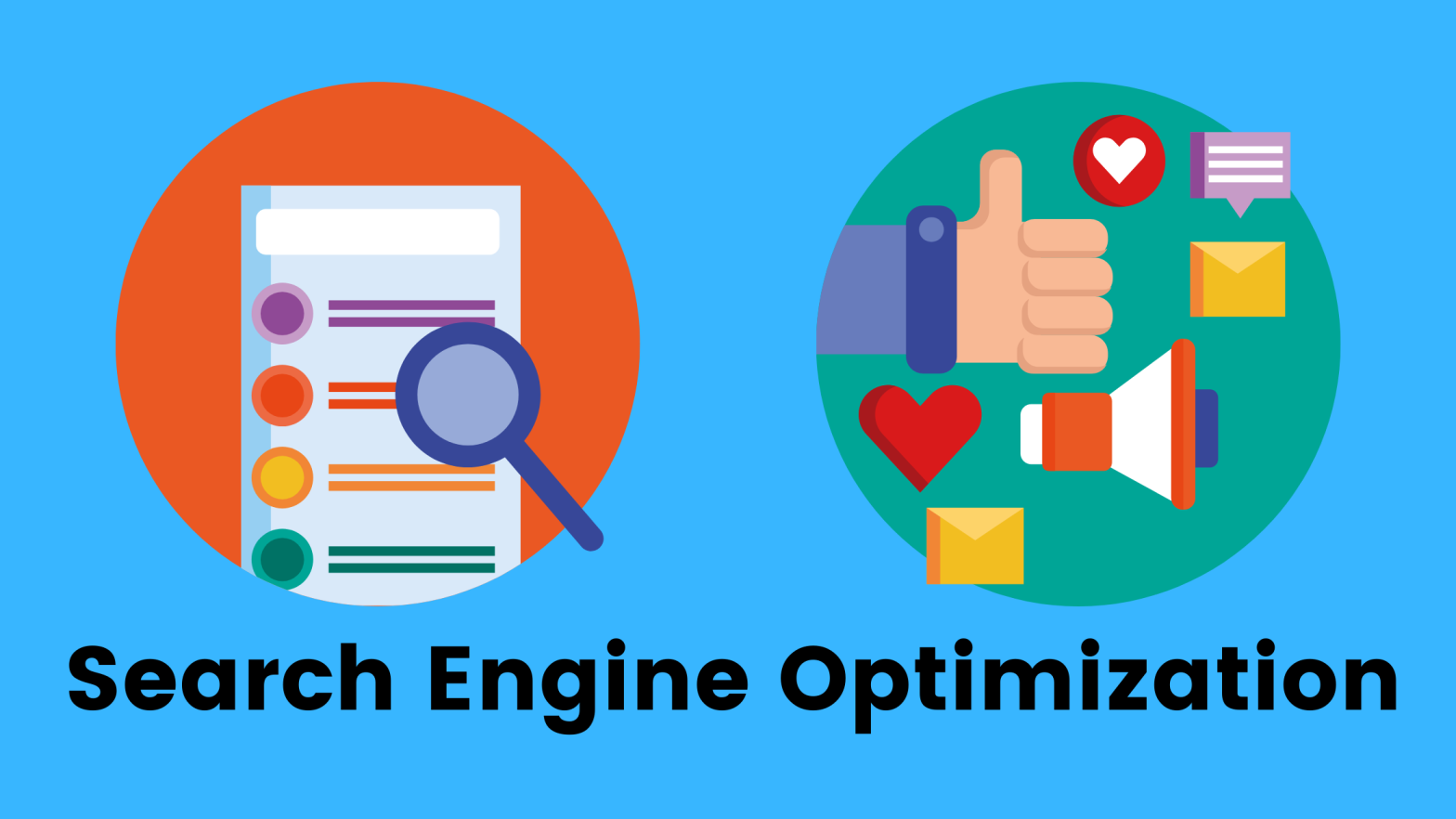In simple words, SEO “Search Engine Optimization” means improving your site verbally to increase its visibility in search results when people search for products, services, or any information related to your niche on Bing, Google, and other search engines. The more visibility your posts have in search results, the more attention and visits your website will get, it helps to attract customers because your post is on top in search results, so people will most likely to click on it, thus it expands your organic reach.
How does Search Engine Optimization work?
Many search engines like Google and Bing use bots to check pages one by one, the main motive is to put them in an order by collecting information about various pages. For example, you can think of it like a big library filled with books all around the place and when you search about something the librarian pulls a book (web page) which helps you to find exactly what you’re searching for at the moment.
Next, different search engines have their different algorithms which allows search engines to analyze different pages from different websites, considering tons of signals or ranking factors, various results and pages will be showed in a list for a given question. In our previous example, the particular librarian has already read every single book and can decide which one of it will give you a satisfying answer to your question.
The success factors of SEO can be considered deputy for different aspects of the experience of users. It’s exactly like how search engine bots predicts exactly how much a particular website or web page can give you better information that they’re looking for.
Unlike paid search ads, you can’t pay search engines to get higher organic search rankings, which means SEO experts have to put in the work. That’s where we come in.
Our Periodic Table of SEO Factors organizes the factors into six main categories and weights each based on its overall importance to SEO. For example, content quality and keyword research are key factors of content optimization, and crawl ability and speed are important site architecture factors.
The newly updated SEO Periodic Table also includes a list of Toxins that detract from SEO best practices. These are shortcuts or tricks that may have been sufficient to guarantee a high ranking back in the day when the engines’ methods were much less sophisticated. And, they might even work for a short time now – at least until you’re caught.
We’ve also got a brand new Niches section that deep-dives into the SEO success factors behind three key niches: Local SEO, News/Publishing, and Ecommerce SEO. While our overall SEO Periodic Table will help you with the best practices, knowing the nuances of SEO for each of these Niches can help you succeed in search results for your small business, recipe blog, and/or online store.
The search algorithms are designed to surface relevant, authoritative pages and provide users with an efficient search experience. Optimizing your site and content with these factors in mind can help your pages rank higher in the search results.
Why is SEO important for marketing?
SEO is a fundamental part of digital marketing because people conduct trillions of searches every year, often with commercial intent to find information about products and services. Search is often the primary source of digital traffic for brands and complements other marketing channels. Greater visibility and ranking higher in search results than your competition can have a material impact on your bottom line.
However, the search results have been evolving over the past few years to give users more direct answers and information that is more likely to keep users on the results page instead of driving them to other websites.
Also note, features like rich results and Knowledge Panels in the search results can increase visibility and provide users more information about your company directly in the results.
In sum, SEO is the foundation of a holistic marketing ecosystem. When you understand what your website users want, you can then implement that knowledge across your campaigns (paid and organic), across your website, across your social media properties, and more.
Search Engine Land’s Guide To SEO
Search Engine Land’s Guide To SEO walks you through the fundamentals of optimizing for search so you can develop a solid strategy to drive organic traffic to your site.
In the guide below, we explain these factors in more depth, and highlight tactical tips from experts on search engine optimization that will help your website get more visitors from organic search.
- Chapter 1: Types of Search Engine Success Factors: These are the on and off-page factors that can affect your search rankings. We’ll also look at Niche verticals in SEO and toxic SEO tactics to avoid.
- Chapter 2: Content & Search Engine Success Factors: Keep these elements in mind to create high-quality content that search engines and your target audiences will love.
- Chapter 3: Site Architecture & Search Engine Success Factors: Let’s go behind the scenes and look at the aspects of your site that make it easy for search engines to access and influence user experience.
- Chapter 4: HTML Code & Search Engine Success Factors: HTML tags and structured data help organize information on your site and help search engines understand your content.
- Chapter 5: Trust, Authority, Expertise & Search Rankings: How your users engage with your site, as well its reputation and authority, helps search engines determine if it’s worthy of showing to users.
- Chapter 6: Link Building & Ranking in Search Engines: Why links are still important and what they tell search engines about your content.
- Chapter 7: Personalization & Search Engine Rankings: These are the user-specific elements, such as location and intent, that can affect the results users see.
- Chapter 8: Toxins & Search Engine Spam Penalties: Beware SEO “shortcuts.” Getting caught using these tactics can potentially result in a manual action penalty or even get your site delisted from the search index.
- Chapter 9: Emerging Verticals in Search: Voice, local, image and video search represent new ways for users to find what they’re looking for. While they each provide nuanced opportunities for brands, they’re still based on the fundamental principles of SEO.
Search Engine Land’s SEO Library
In addition to covering SEO generally, Search Engine Land also has search engine optimization areas specifically for the major search engines:
- Google SEO
- Google Algorithm Updates
- Google Search Console
- Bing SEO
Traffic Secrets Review (2022) – Sumitify
Are you struggling to get more traffic to your website? Then this review might be the best match for you. Traffic and customers decides how long a business will sustain in this competitive industry. Every online entrepreneur is trying hard to find and execute new and different strategies to generate more profit and income. Some…
Chapter 2: Content & Search Engine Success SEO – Sumitify
When you’re thinking about SEO, your first priority should be your content. How much you engage, inform, and support your audience. To appear at the top of the search engine results, you need to create authentic and better valuable content. That’s why the first and important thing to consider is the quality of your content.…
Chapter 1: Types of Search Engine SEO – Sumitify
Search Engine Land’s SEO Periodic Table covered the four major groups On-page SEO: Content, Architecture, HTML Off-page SEO: Reputation, Links, User Toxins Niche SEO If you really want to increase your site’s organic ranking and visibility, then the factors you need to consider are the elements within each group or subgroup. There’s a option to…


